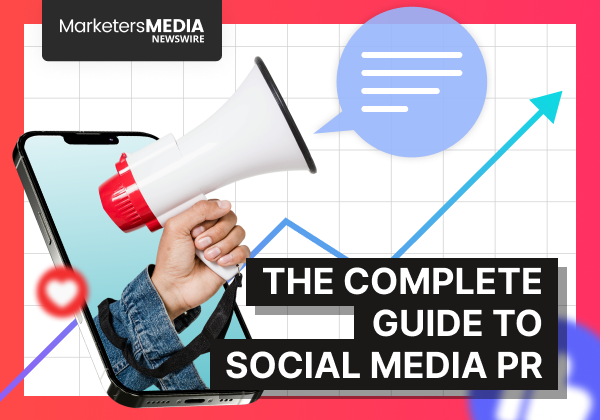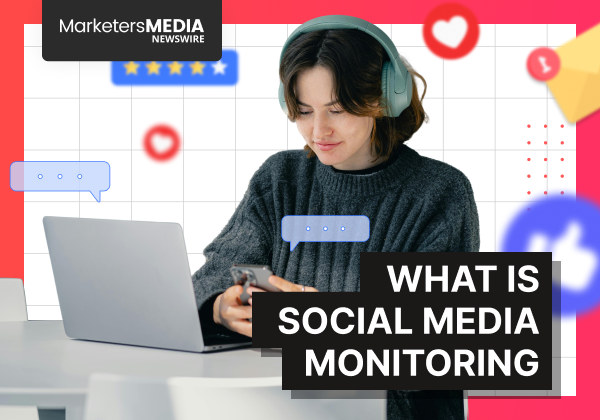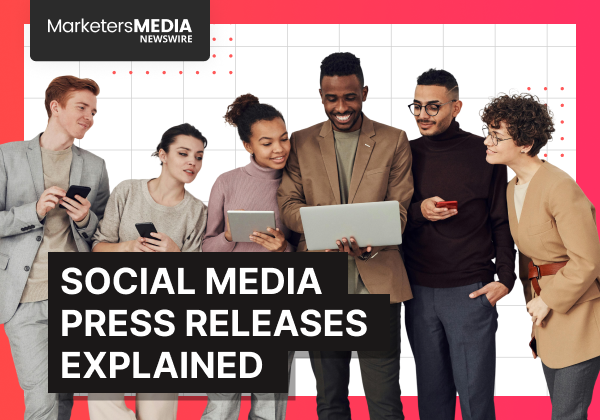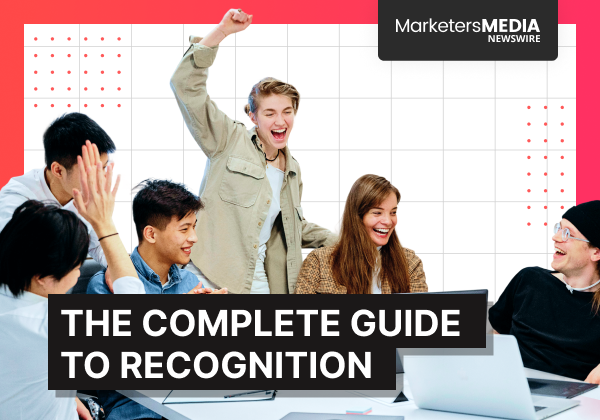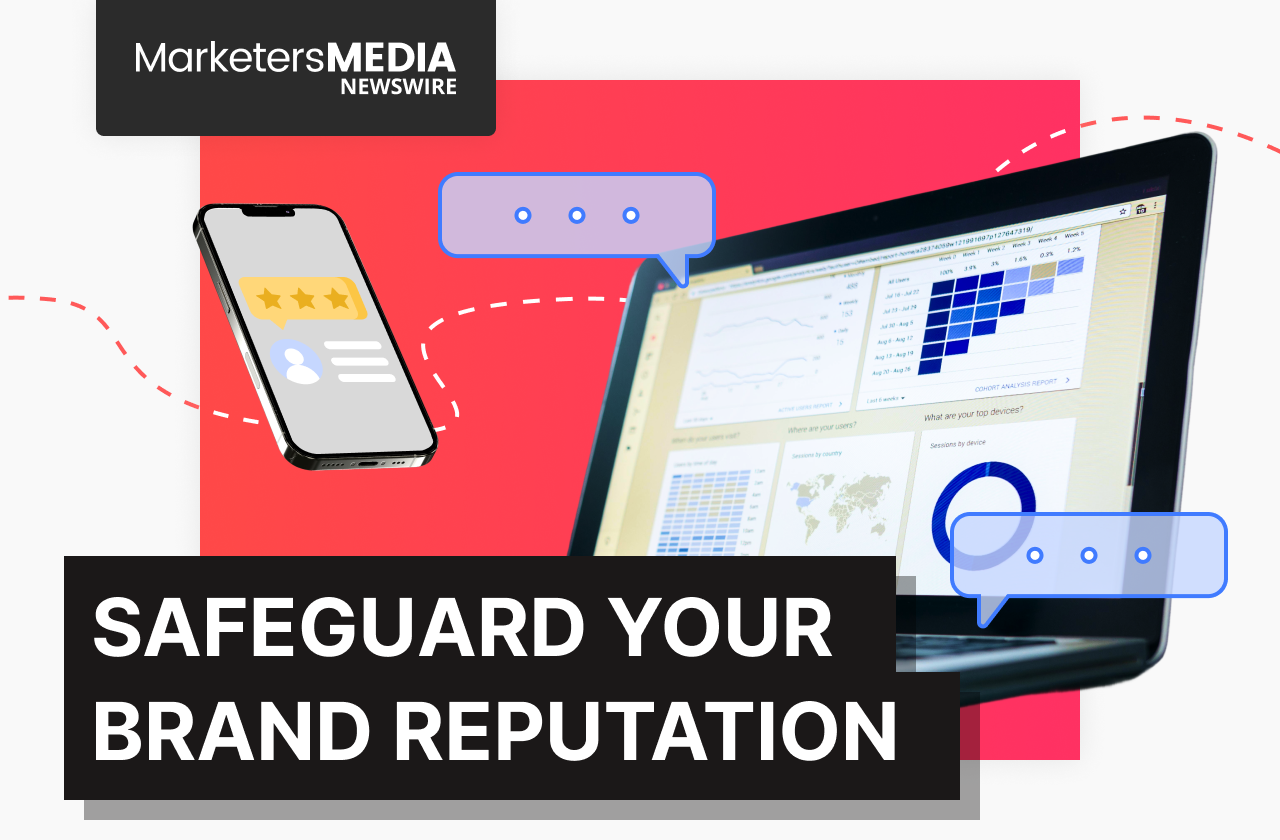Public relations isn't what it used to be.
Gone are the days when PR meant sending out press releases and hoping journalists would pick them up.
Social media has completely transformed how brands communicate with their audiences.
Today's PR professionals operate in a 24/7 digital environment where conversations happen in real-time, crises can explode within minutes, and every brand has direct access to millions of potential customers.
Understanding the PR meaning in social media context is crucial for modern brands. How does it differ from traditional PR, and why should you care?
What Is Social Media PR
Social media PR is the practice of using social platforms to build and manage a brand's reputation, connect with your audience, and share your story effectively.
It blends traditional PR strategies with the speed and interactivity of social media. Instead of relying solely on journalists to tell your story, you control the narrative.
Think of it as having a direct line to your customers, industry leaders, and the public. You can share company news instantly, respond to concerns on the spot, and build relationships without intermediaries.
The core activities include:
- Creating thoughtful, on-brand content that highlights your expertise and values
- Handling crises swiftly and managing negative feedback
- Engaging with audiences, industry leaders, and influencers to build trust
- Monitoring brand conversations to assess public sentiment
Unlike traditional advertising, social media PR is about earning trust, not buying attention.
How Social Media Transformed PR
The shift from traditional to social media PR represents a fundamental change in how communication works.
From One-Way to Two-Way Communication
Traditional PR was largely one-directional. You'd send out a press release and hope for coverage.
Social media turned that into a dialogue, where audiences talk back, share opinions, and shape perceptions.
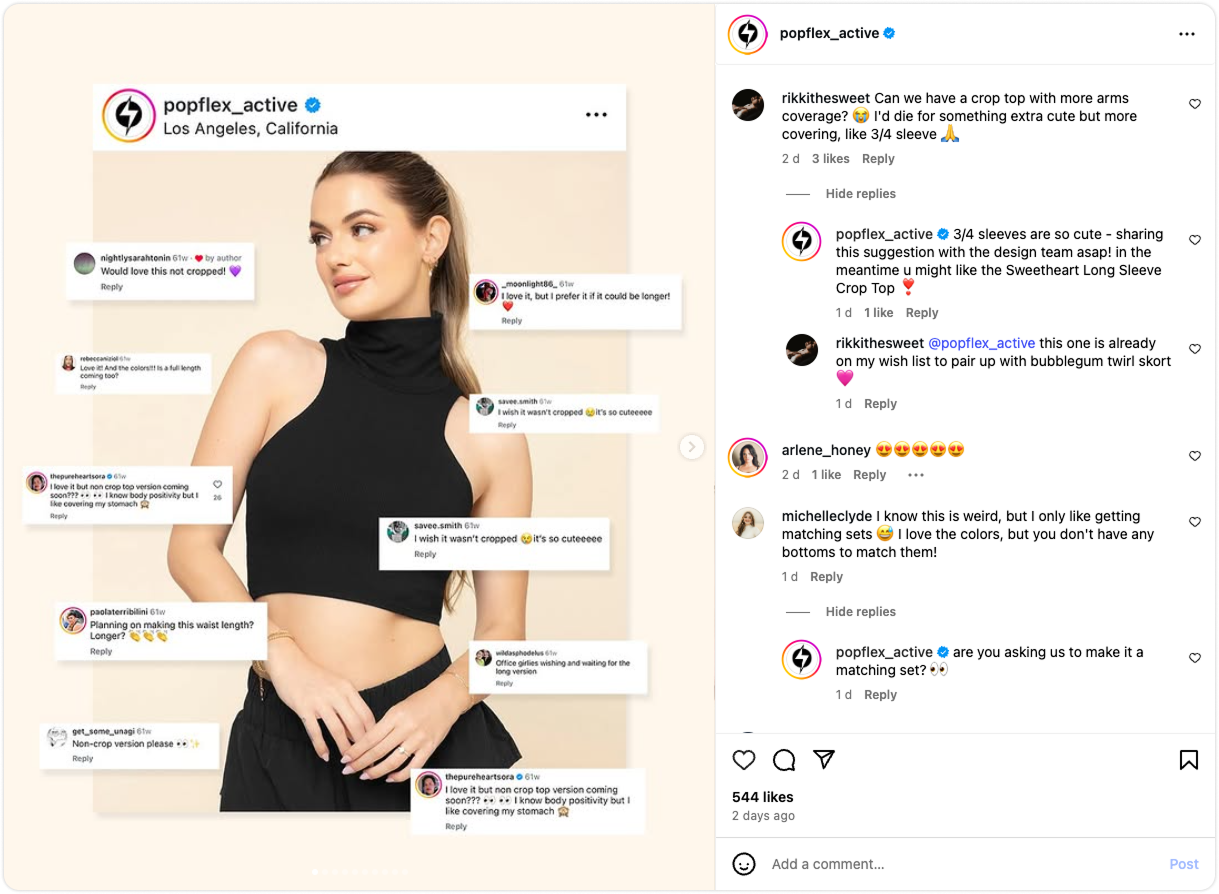
Expanded Reach and Global Access
Social platforms bypass traditional gatekeepers. A single post can reach thousands instantly—and continue to generate engagement long after publication.
The Rise of Influential Voices
Ordinary people have become powerful voices in their industries. This shift means brands must now consider how to work with micro-influencers, industry experts, and customer advocates who carry significant influence within their communities.
Always-On Communication
Social media never sleeps, creating both opportunities and challenges. You can maintain engagement around the clock, but you must also be ready to respond promptly when issues arise.
Key Benefits of Social Media PR
Amplified Reach and Viral Potential
When your content resonates, audiences amplify it through shares and mentions. This viral potential can dramatically increase brand visibility without additional advertising spend.
Enhanced Reputation Management
Social platforms give brands an immediate response channel for crisis communication. With sentiment tracking and rapid engagement, you can reduce backlash and rebuild trust faster.
Community Building and Advocacy
Social media turns customers into advocates. By listening, responding, and creating value, you build genuine communities, not just customer bases.
Showcasing Thought Leadership
By sharing expert insights and commenting on industry trends, you can position your brand as a go-to resource. Regular thought leadership content builds authority and keeps your brand top-of-mind when people need solutions you provide.
For example, Rand Fishkin’s “Whiteboard Friday” series helped establish both his personal authority and his companies’ credibility in SEO.
Cost-Effective Marketing
Compared to traditional PR, social media offers cost-effective brand building through organic reach and targeted promotions. Having real-time impact measurement allows you to adjust strategies quickly and demonstrate clear ROI.
User-Generated Content Benefits
Encouraging customers to create content about your brand provides authentic social proof. UGC is seen as more credible than branded content and costs significantly less to produce.
So, how do you actually execute an effective social media PR strategy? Below are the strategic approaches that deliver results.
Strategic Approaches for Social Media PR Success
Set Clear Objectives
Define what success looks like—engagement, positive mentions, traffic, or conversions. Clear goals allow for accurate measurement and ongoing improvement.
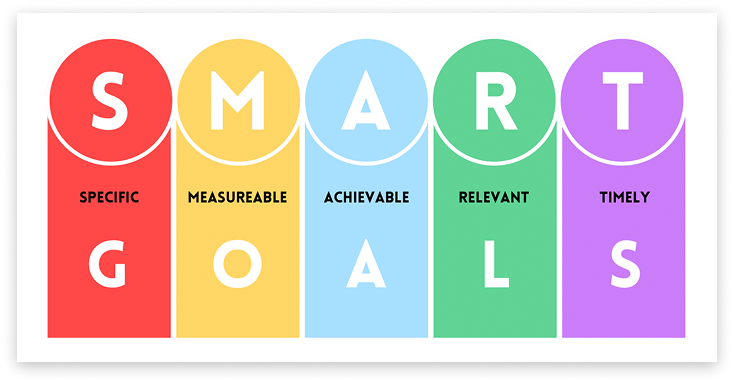
Know Your Audience and Choose Platforms Wisely
Tailor your strategies to reach your audience where they spend time. Different platforms attract different demographics and serve different purposes.
LinkedIn works well for B2B companies, while Instagram excels for visual brands targeting younger demographics.
Maintain Brand Consistency
Keep consistent posting strategies, brand tone, and visual identity across all platforms. Your audience should recognize your content immediately, regardless of which platform they encounter it on.
Create Strategic Partnerships
Team up with influencers who truly reflect your brand’s values and have audiences that care. Don’t just chase follower numbers—consider how their involvement helps your PR goals.
Micro-influencers can be especially effective, often sparking higher engagement and building more genuine relationships than big-name influencers.
Develop Thought-Leadership
As noted earlier, consistent thought leadership strengthens authority and keeps your brand top-of-mind when people need solutions you provide.
Share actionable insights, comment on industry trends, and publish reports to position your brand as an expert resource.
Plan for Crisis Communication
Have a vibrant social media presence and monitor activity continuously. Prepare pre-approved responses to handle crises quickly before they damage your reputation.
Speed matters in crisis communication. The faster you respond appropriately, the better you can control the narrative.
Make Strategic Announcements
Use social platforms to generate buzz around major business updates like product launches or acquisitions. Teasers, countdowns, and live updates give you full control over timing and messaging.
Real-World Success Stories
Coca-Cola's #ShareACoke Campaign
Coca-Cola personalized bottles with individual names, encouraging social sharing and user-generated content. The campaign led to significant increases in followers and sales by making the brand feel personal and shareable.
Wendy's Twitter Strategy
Wendy's transformed their brand perception using humor, wit, and playful "roasting" on Twitter. This approach generated massive organic impressions and brand mentions while showing personality that resonated with their audience.
i hope my misfortune comes with fries pic.twitter.com/II0cqSofil
— Wendy’s (@Wendys) July 24, 2025
Airbnb's #WeAccept Campaign
Addressing inclusivity concerns with a Super Bowl commercial and coordinated social media push, Airbnb generated high positive sentiment by taking a clear stance on important social issues.
REI's #OptOutside
REI made the bold decision to close stores on Black Friday and encourage outdoor activities instead. This campaign promoted user-generated content and drew positive media coverage by aligning with their brand values.
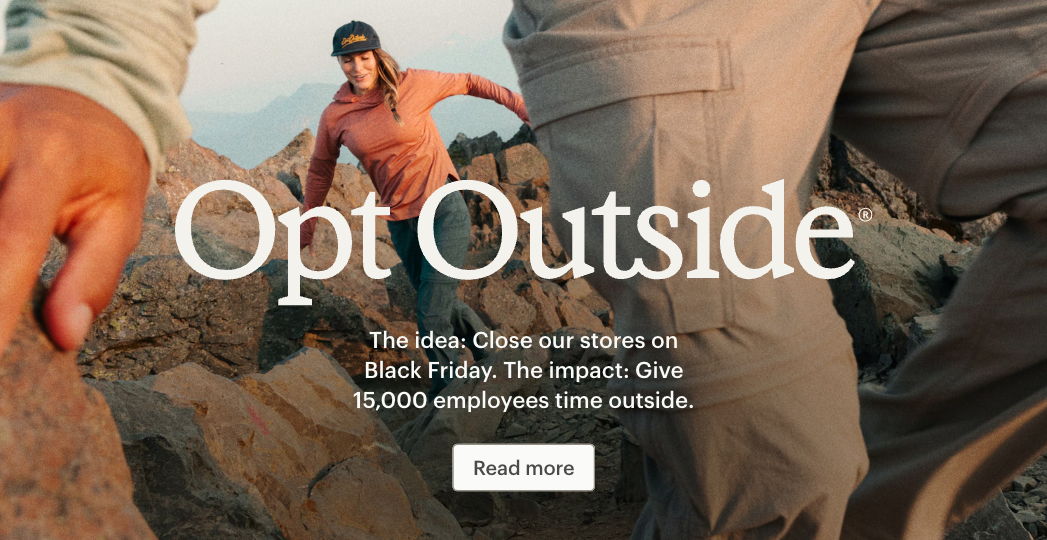
While these success stories show social media PR's potential, the landscape comes with inherent risks and challenges.
Emerging Trends Shaping the Future
AI Integration
Artificial intelligence increasingly handles content creation, sentiment analysis, and predictive crisis management.
These tools automate routine tasks and provide valuable insights, but maintaining a human, authentic voice is still crucial for trust.
Employee Advocacy Growth
More companies encourage employees to showcase organizational culture and mission on platforms like LinkedIn. This approach fosters authenticity and trustworthiness that traditional corporate accounts struggle to achieve.
Micro-Influencer Focus
Brands are shifting toward micro-influencers with 1,000–100,000 followers. These creators often have deeper connections with niche audiences, leading to stronger ROI and more natural endorsements.
Getting Started with Social Media PR
Social media has transformed PR from one-way broadcasting to interactive relationship building. Success comes from authentic engagement, strategic platform use, and measuring real business outcomes.
Begin by setting clear objectives, choosing platforms where your audience spends time, and committing to consistent, valuable content that meets their needs.
Social media is only one part of your digital presence.
Want to see how it connects to a broader strategy? Explore our guide to digital PR and learn how to expand your reach beyond social platforms.
Frequently Asked Questions (FAQ)
Q: How does social media PR differ from general social media marketing efforts?
A: Social media PR focuses on earning trust and cultivating an organic image built on genuine public support and confidence, which is different from general marketing or advertising that actively seeks attention through paid placements. PR utilizes social media as a channel for managing reputation, building a community, showcasing thought leadership, and engaging in two-way dialogue, while marketing often centers on direct promotion and conversions.
Q: What are some common misconceptions about Public Relations (PR)?
A: Common misconceptions include the beliefs that PR is merely "spin" or a "dark art" intended to manipulate public perception, that "any publicity is good publicity", and that PR acts as an "instant magic wand" delivering immediate results. In reality, ethical PR prioritizes honesty, and it is a long-term investment focused on building trust over time.
Q: What's the biggest challenge small businesses face with social media PR?
A: Small businesses commonly struggle with resource limitations—insufficient time, budget, and manpower to maintain consistent presence and create high-quality content. Other frequent challenges include coming up with content ideas, being overwhelmed by too many platforms, not speaking like their target audience, and difficulty generating leads through social media.
Q: What is the "50-30-20 rule" for content strategy?
A: The "50-30-20 rule" is a valuable framework for balancing content types. It suggests that your content breakdown should be:
- 50% value-driven content
- 30% curated content
- 20% promotional content
Q: What are some of the key ethical challenges in modern social media PR?
A: Key ethical challenges include combating the rapid spread of fake news and misinformation on digital platforms. PR professionals must also ensure Corporate Social Responsibility (CSR) initiatives are genuine and handle consumer data with responsibility to address data privacy concerns. Specific ethical violations also include misrepresenting expertise and breaching client confidentiality.
Free Press Release Template
Tell us where to send your PDF:
